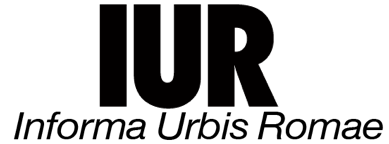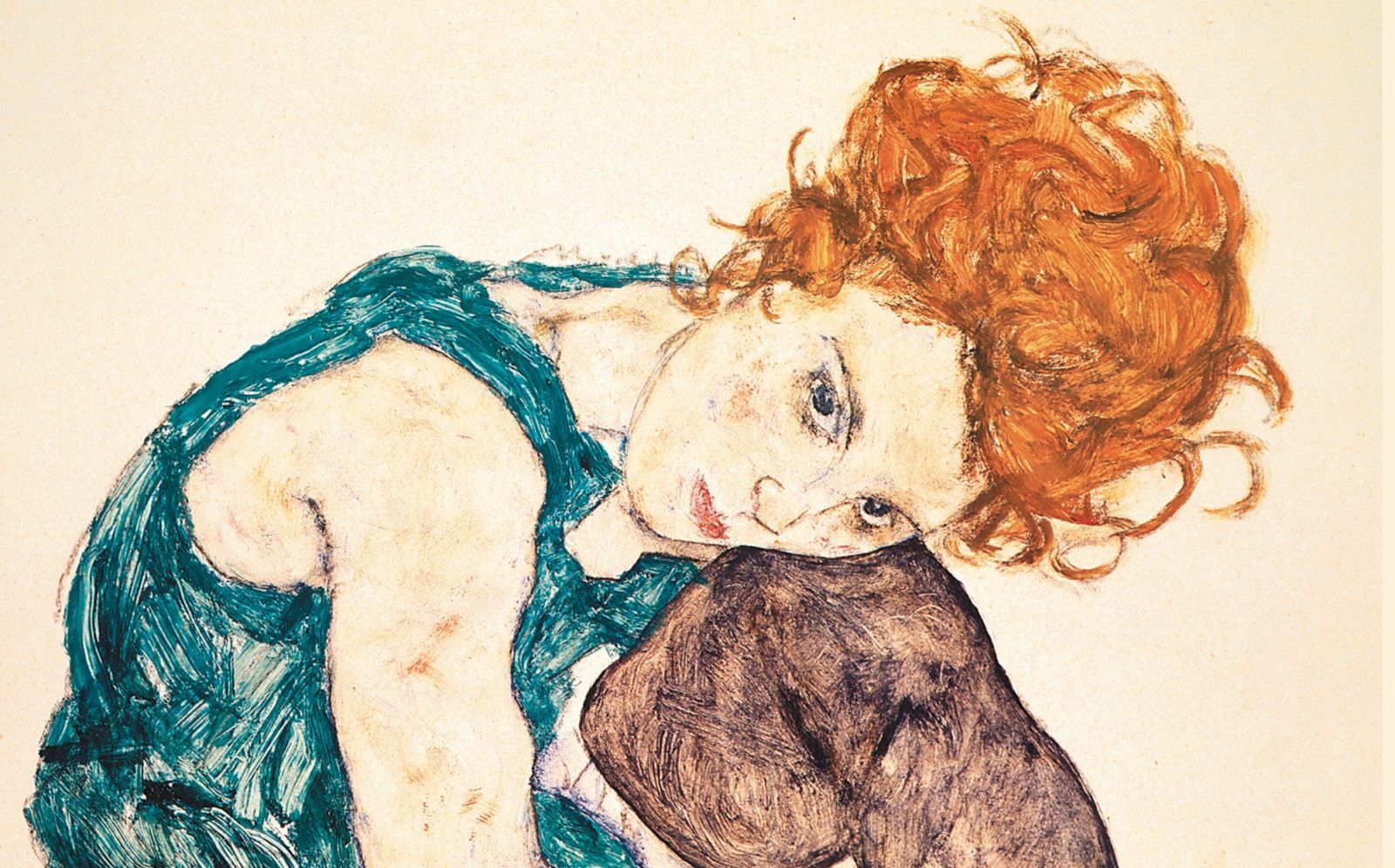Chiara Davoli
Chiara Davoli is a sociologist, activist and image and photography enthusiast. She graduated in Sociology from the Sapienza University of Rome, where she did her PhD in Sociology and Applied Social Sciences. She has researched and collaborated with various research groups and at various Institutes and Universities; she collaborates with the Observatory on the Global City of the “S. Pio V” Institute in Rome and with the Laboratory on Inequalities in Siena. She is the author of several articles and essays in collective volumes and she is co-author – together with Valeria Tarditi – of the book “Lavoro Diseguale. Voci. esperienze ed immaginari delle donne” (Castelvecchi, 2023 – Unequal Work. Voices. experiences and imaginaries of women).
Works and projects are influenced by her approach and worldview. Study and research, art and creations are forms of active participation and commitment for and with the cause she embraces. The IUR MAP project realised with Leroy is an example of this combination of research, study, art and political activism.
She contributes to online magazines such as Monitor Roma www.monitor-italia.it e Disurbanità-Machina www.machina-deriveapprodi.com/blog/categories/disurbanit%C3%A0.
One step back. During her school years she decided to pick up old cameras found at home and she started to take pictures. For years she tried her hand at self-taught photography. From the beginning, the camera became a communicative and expressive tool to explore reality and to return her own vision of the world. In October 2010 she starts the photography course “Social history of the photographic image” held by the photographer Tano d’Amico, at the Centro Sperimentale di Fotografia (C.S.F.). She attends a couple of photography and reportage courses in some schools in Rome and she exhibits her work on several occasions. She starts to take pictures for several events; in particular she participates in the artistic and cultural project Derooms, realized by a group of artists and students to “deconstruct and recompose the role of art galleries” and to recover means of production and experimentation, self-manage the spaces and put them in common, share knowledge and techniques.
Over time she enriches her training and work by focusing on the set of educational processes that think of the child and adolescent as an active part of the experience. She carries out recreational and educational activities with the aim of stimulating communicative and expressive skills both through play and through art.
Since 2012, she has been carrying out research work on a variety of topics, mainly concerning social and gender inequalities, urban and housing issues, right to housing, forms of mobilisation and practices from below, exploitation and caporalato, and migration processe.

